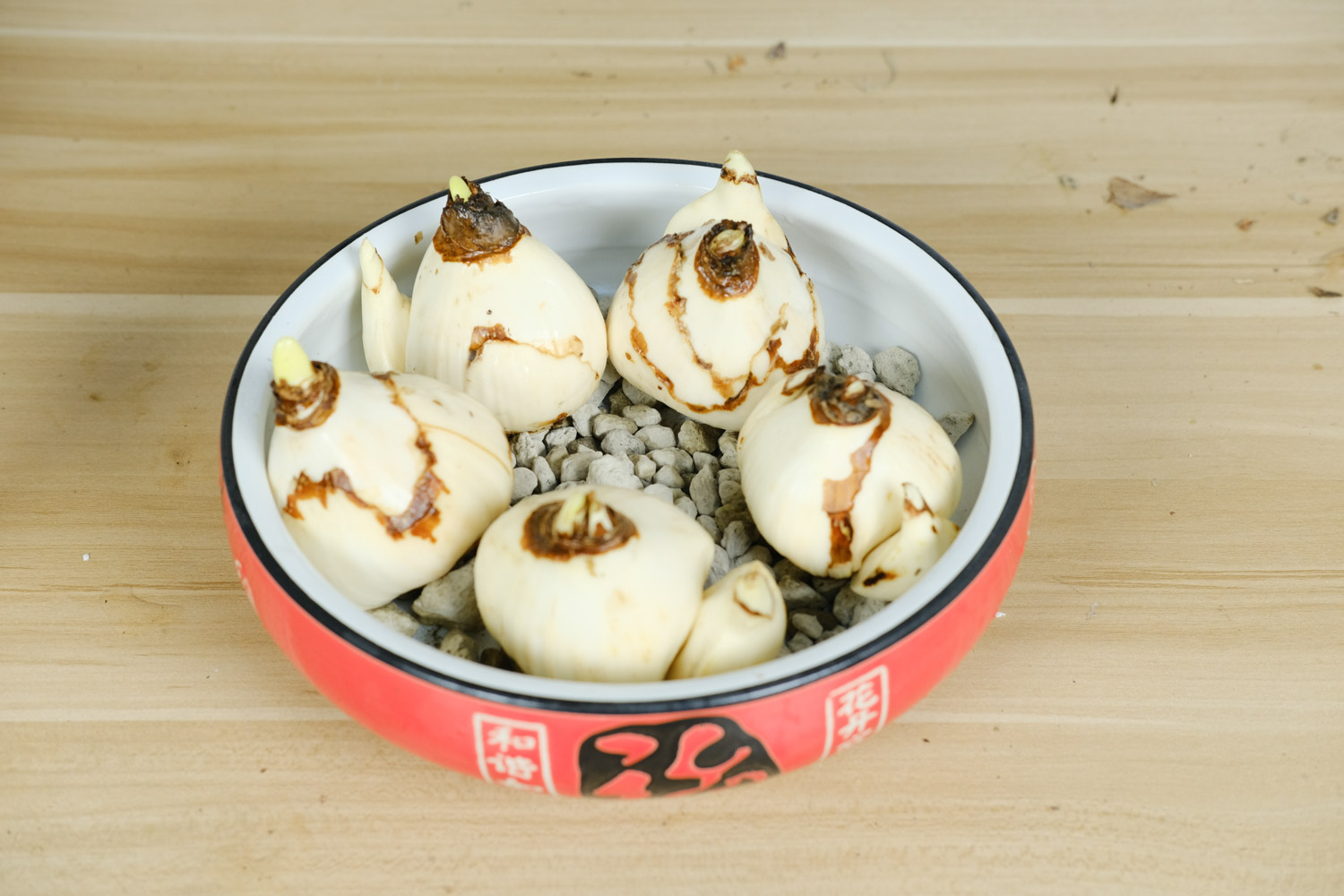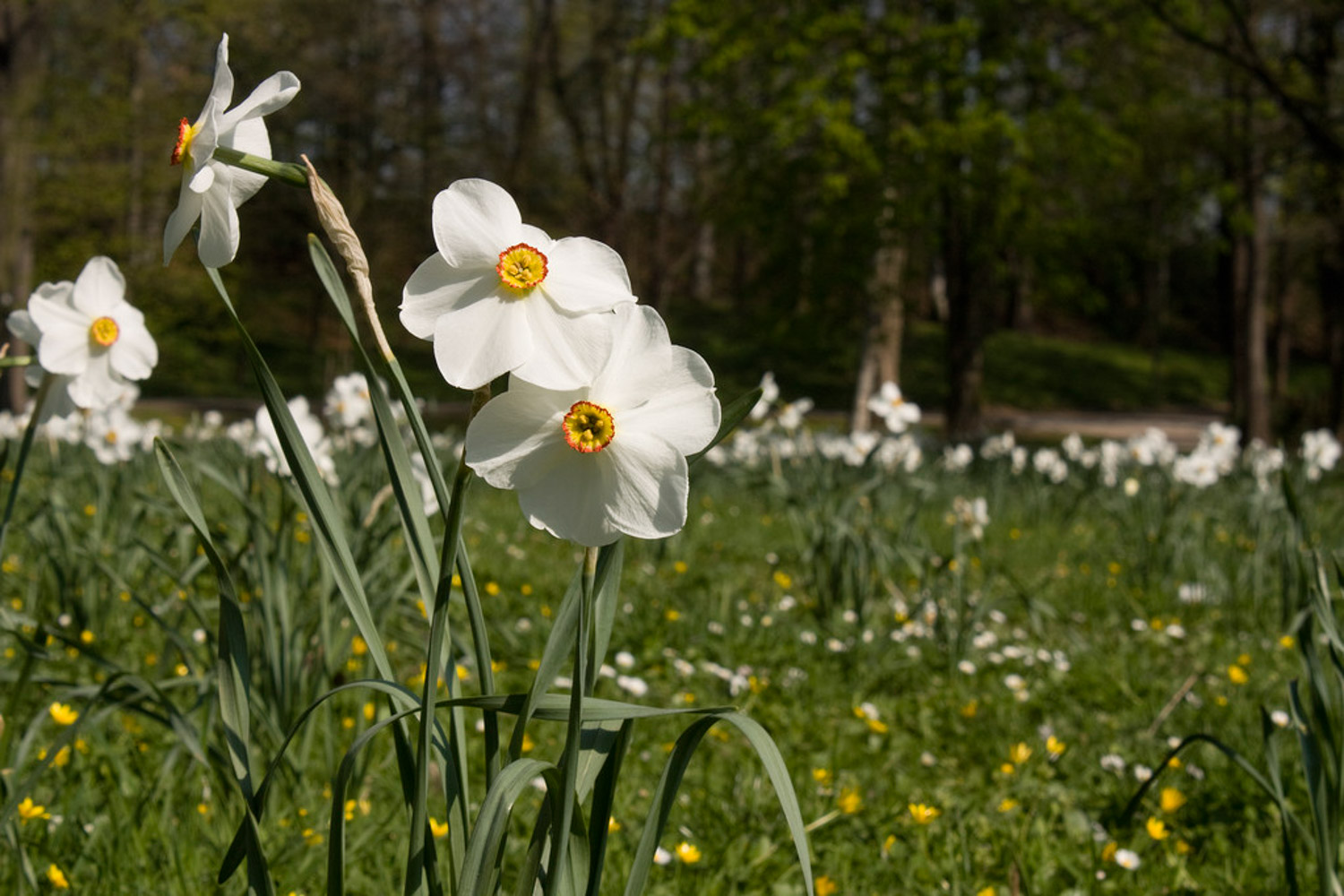1. Temperature
Generally, the temperature of Narcissus is between 4 degrees and 25 degrees, but the temperature of 15 degrees to 18 degrees is the most appropriate. Therefore, when breeding in winter, it must pay attention to keeping warm. Although it has certain low temperature resistance, it is also very afraid of frost. If there is frost occasionally, it should spray water before the sun comes out to wash away the frost, Prevent damage to its blades. When the temperature is below minus two degrees, there should be certain cold prevention measures. Some films can be used to protect it from the cold in warmer places, so it can't be affected by the cold

2. Illumination attention
Narcissus generally belongs to plants with relatively short sunshine time. Under the conventional state, it is best to control the time of exposure to light every day at about 6 hours, so when raising it, you can put it on the balcony and let it enjoy care. If the light management is not in place, it will spend very little in the future
3. Attention to moisture
When it grows, it needs a lot of water. When it grows and develops, it must be given enough water, because this time is the vigorous period of its metabolism. Generally, when it is mature, its metabolism will begin to weaken. In addition, we should prevent it from rotting. If it is hydroponic, we must remember to change the water frequently to ensure that the water is clean. It is best to change it once every 2 to 3 days. If it is not changed, it will affect its growth

4. Nutritional attention
Narcissus needs sufficient nutrition when growing, so when it grows and blooms, it must apply a little phosphorus fertilizer, so as to give it sufficient nutrients and help its flowers bloom more hydraulically. However, it is not allowed to apply too much fertilizer to Narcissus in order to make it grow better. Too much will have a great impact on Narcissus. This point must be kept in mind so that it can pass the winter smoothly

 jackfruit
jackfruit snake plant
snake plant hibiscus
hibiscus hydrangea
hydrangea lavender
lavender Green roses climb al...
Green roses climb al... If you don't pay att...
If you don't pay att... Management of four g...
Management of four g...

































